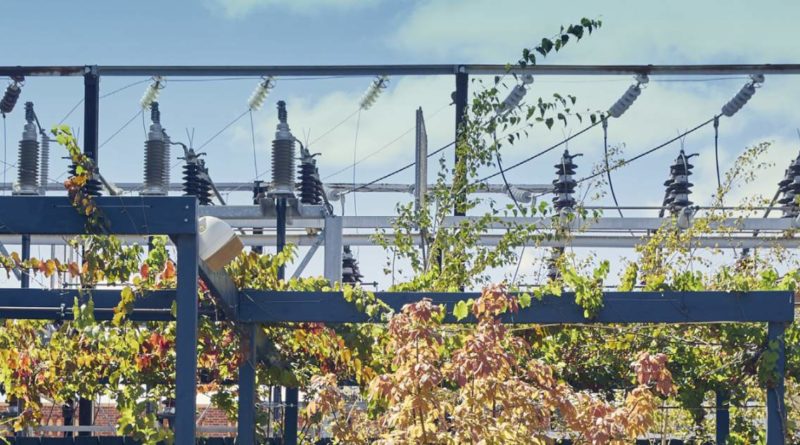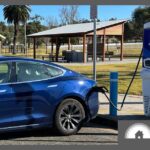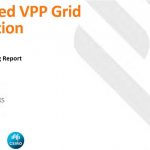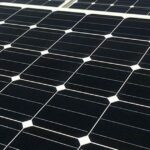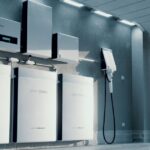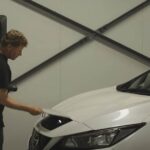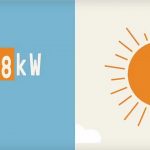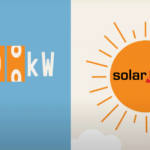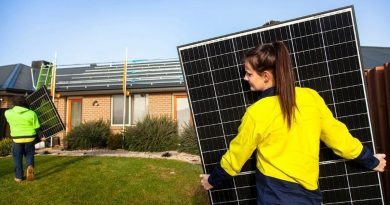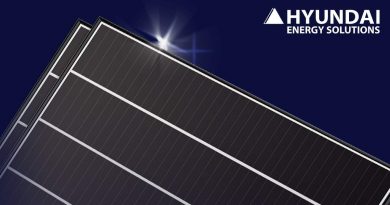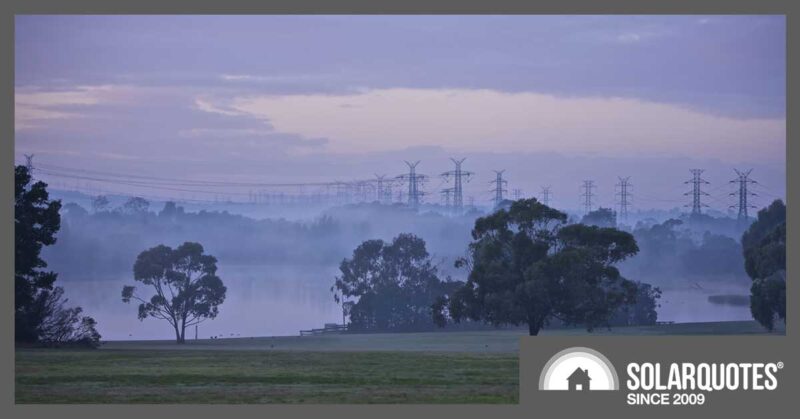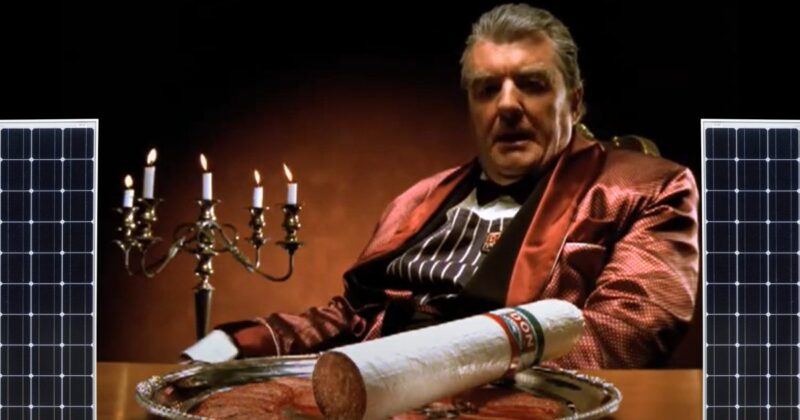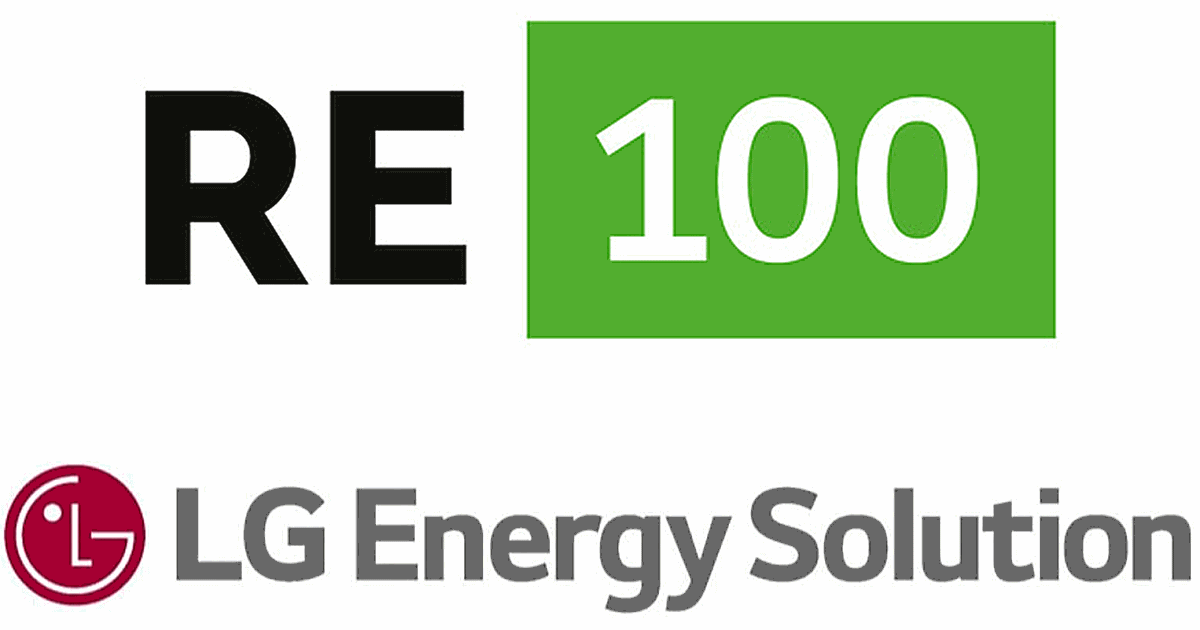SAPN Reflects On Energy Transition Challenges Ahead
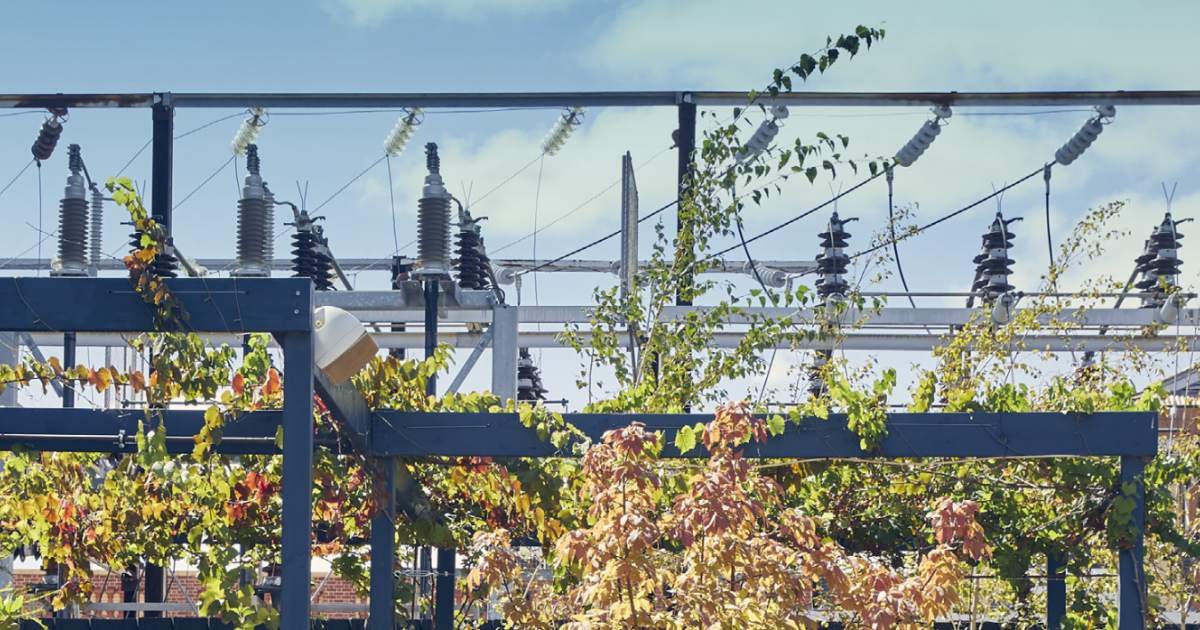
South Australia’s Distributed Network Service Provider (DNSP) SA Power Networks (SAPN) has released its first- ever sustainability report containing a bunch of interesting solar-related facts and figures.
As South Australia’s only DNSP, SAPN shoulders a huge amount of responsibility; carrying electricity to and from SA customers. It supplies 900,000 homes and businesses across a network covering more than 178,000km2
“The energy sector is changing at a rapid pace, with the uptake of large-scale renewables, rooftop solar PV and, increasingly, residential batteries and electric vehicles, presenting a challenge with respect to maintaining a stable and reliable grid,” says SAPN CEO Robert Stobbe.
SAPN is also looking inward at its own operations. Development of the organisation’s inaugural Sustainability Report gave it an opportunity to reflect not just on its role in transforming energy and decarbonisation in South Australia, but also focusing on its own carbon footprint1, other environmental and social impacts, and governance.
A Bigger Job Ahead For SAPN
What was particularly interesting in the report were some of the facts, figures and forecasts in relation to solar power, home batteries, electric vehicles and increasing electrification.
SAPN has a lot on its plate already just on the residential and small commercial renewables front:
- ~300,000 solar PV systems enabled2
- ~30,000 home batteries enabled
- 1 in 3 customers in SA with solar panel – highest in NEM
- Facilitating 9 Virtual Power Plants (VPPs) in SA
And there will be a lot more to come. More than 63% of South Australia’s energy needs are already met by renewable energy (small- and large-scale) and the state is on track for 100% net renewables generation in SA by 2030. 100% of distribution network demand is already regularly met by renewables.
By 2035, SAPN says it could be dealing with:
… all on a system that was designed for 3GW peak demand. The majority of SAPN’s network infrastructure assets were initially installed in the 1950s, 1960s and 1970s. Its average asset age is now around 37 years old, with many assets exceeding 80 years old.
A range of responses to the rapidly changing energy landscape in SA have been trialled, rolled out or are being enacted; among them:
SAPN seems pretty confident it’s up to the task ahead.
“SA Power Networks’ vision is that by 2030, all South Australians will share the benefits of the world’s most advanced, decentralised and dynamic low-carbon energy system.”
You can read SAPN’s full Sustainability Report 2021 here and check out its Sustainability Strategy 2020-2026 here.
Footnotes
- SAPN is targeting net zero greenhouse gas emissions from its own operations by 2035 ↩
- It’s not clear when that figure was current. According to the latest Clean Energy Regulator data, more than 355,000 small-scale solar systems have been installed in SA to date. But the CER’s figures also include systems that have been decommissioned since installation for whatever reasons. ↩
Original Source: https://www.solarquotes.com.au/blog/sapn-energy-transition-mb2646/

